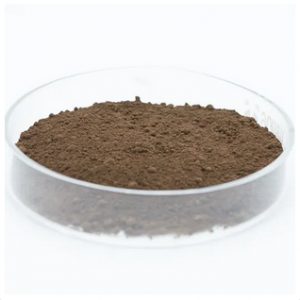| Luoyang Tongrun Nano Technology Co. Ltd. (TRUNNANO) |

| Registration Date | 24 Oct 2023 |
| Revision Date | 24 Oct 2023 |
| Share |
Others Nanomaterials Product Number : 7440-21-3
Silicon NanoparticleSilicon
Si Nanoparticle /Nanopowder CAS Number : 7440-21-3
Silicon nanoparticles (SiNPs) are biologically compatible, metal-free quantum dots that exhibit size and surface tailorable photoluminescence. Silicon nanoparticles are composed of pure amorphous nanosilicon dioxide. The particle diameter is less than 5 nanometers, and the particle range is narrow. Nano silicon powder is a new generation of optoelectronic semiconductor materials with wide-gapen energy semiconductors and a high-power light source material.
Si nanoparticles are known for being absorbent and abrasive, whereas mesoporous silicon nanoparticles have important applications in drug delivery and nanomedicine. Silicon nanoparticles have attracted great attention recently because of their intriguing physical properties, active surface state, distinctive photoluminescence, and biocompatibility.
How is Silicon Nanoparticles Nano Si Powder produced?
Some methods used to synthesize silicon nanoparticles are reverse microemulsion, flame synthesis, and widely used sol-gel. In a reverse microemulsion, surfactant molecules dissolved in an organic solvent form spherical micelles. In the presence of water, the polar head groups organize themselves to form water-containing microcavities, usually called reverse micelles.
When synthesizing si nanoparticles, adding silicon alkoxide and catalyst to the medium containing reverse micelles can be carefully controlled to make the nanoparticles grow in the microcavity. The main disadvantages of the reverse micro emulsification method are the high cost and difficulty of removing the surfactant in the final product.
Besides, by reacting 1 kg of sulphuric acid 3M with 190 g of Olivine at 90°C in a stirred reactor, 65 g of nano-silicon is produced. The features of the silicon produced are a specific surface area of 100-500 m²/g, a mean particle size of 5-20 nm, and a specific surface area in micropores of 20- 200 m²/g.